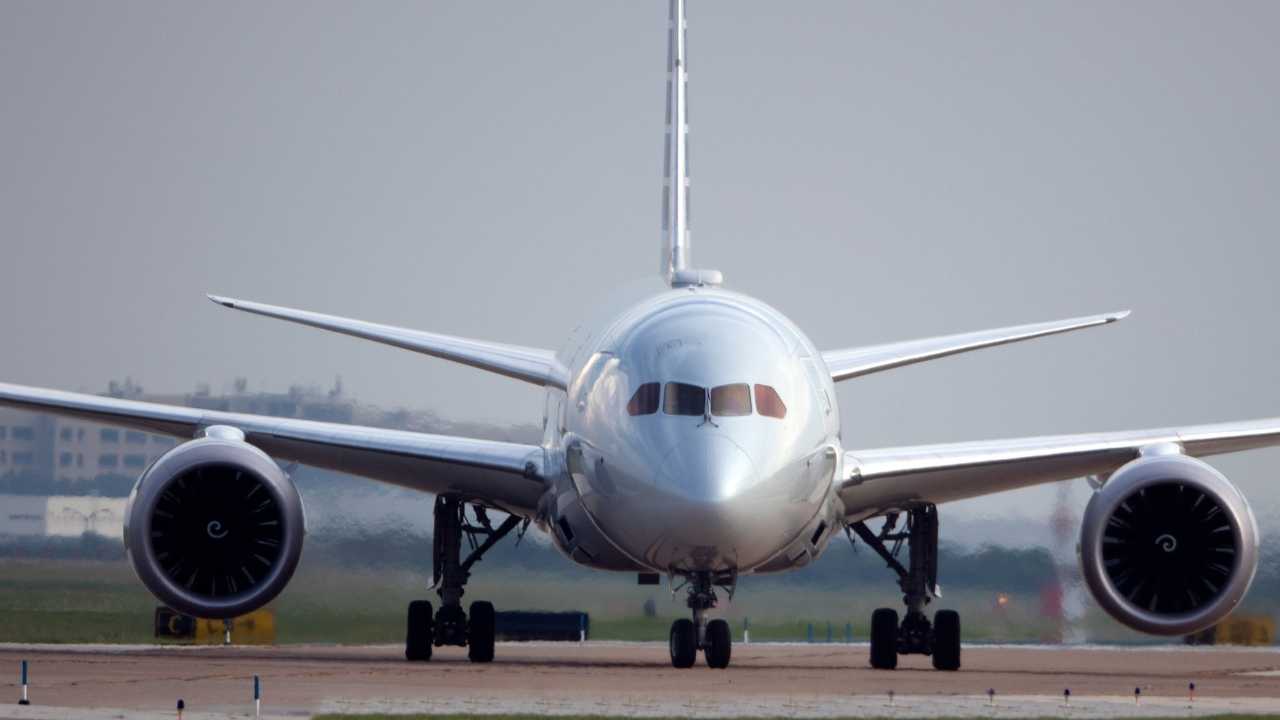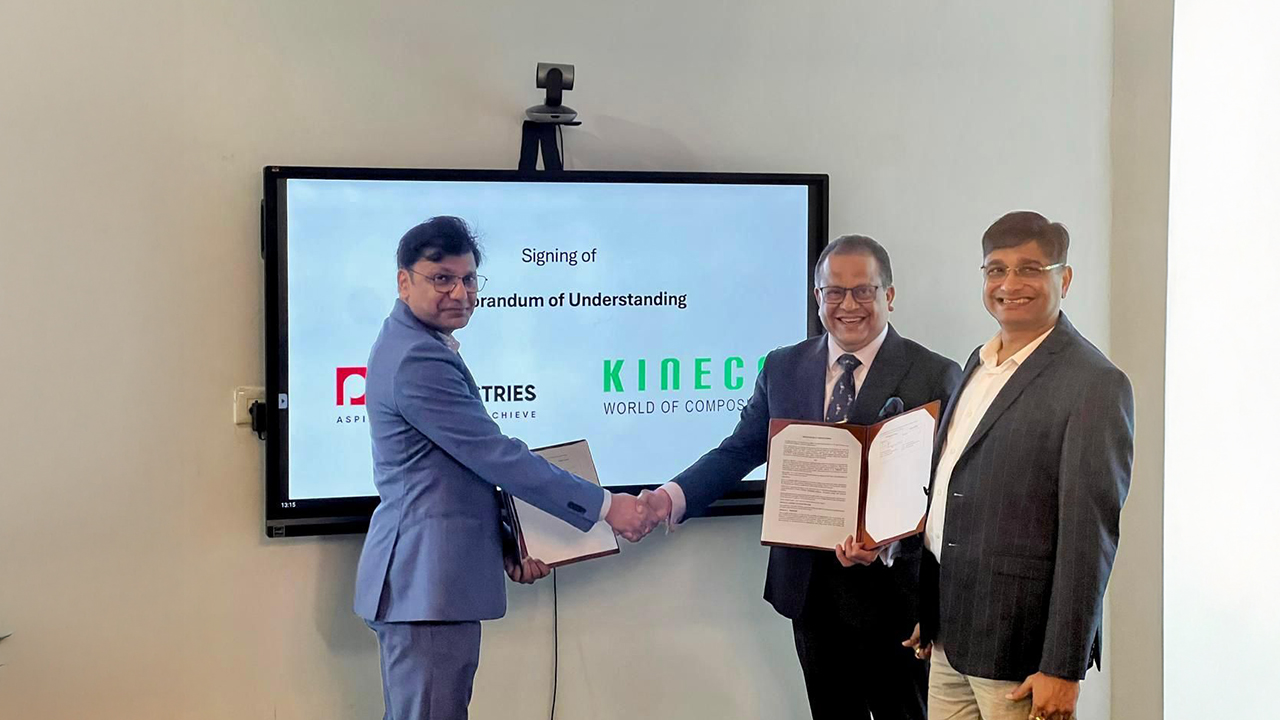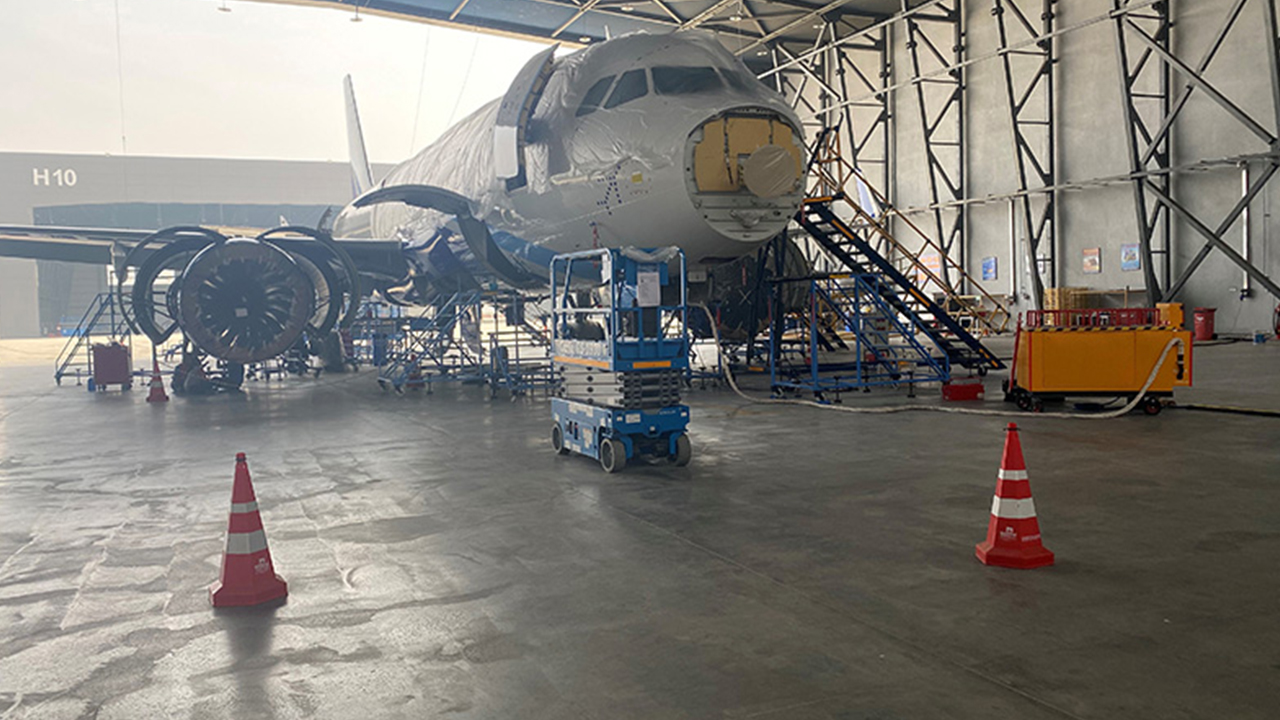Under an article published by Grant J. McDonald, Global Sector Leader, Aerospace & Defence, KPMG in Canada; shares his following insights on how the global A&D sector is undergoing a profound change.

According to Grant J. McDonald, the past year has proven very stressful for the aerospace and defense (A&D) industries, as COVID-19 has drastically affected civilian air travel and, with it, the fortunes of airplane manufacturers and their ecosystems. However, as signs of recovery emerge in the global economy and the travel industry, he expects to see a significant shake-up among aerospace and defense manufacturers and a surge in M&A activity in the sector. Opportunities abound at every level and in all geographic regions.
Why the uptick in deal-making? There are a number of factors that are driving an increase in activity. First, geopolitical trends are raising tensions among governments and placing a floor under defense spending. Countries and companies are being forced to align themselves with either the US or China. Their A&D industries will have to restructure and, above all, innovate. The hunt for new technologies will lead to asset purchases and spin-offs.
Second, the spread of COVID-19 is causing all industries to step up their investments in new technologies as they transform their operations. It’s no exaggeration to describe this as the fourth industrial revolution. Some A&D companies have been slow off the mark, but they will catch up; they have to. One way of accelerating the digital transformation is to buy companies that are already leaders in their fields, from 5G communications to artificial intelligence.
Add to these mega-trends the economic and social impact of COVID-19 and you have a recipe for a major restructuring of A&D. There will be consolidation, especially in countries that have traditionally protected their domestic manufacturing base, such as France and Australia. It is only a matter of time until many financially supported companies find they have little option to sell out to stronger companies, leading to a wave of M&A. Private equity, already a significant player on the buy side, will continue to grow in importance.
Some companies will narrow their product portfolio, while others will move into new A&D areas, especially to reduce their reliance on civilian aerospace orders. Governments will encourage them to invest in space technology, emergency services, electronic warfare, and so on. Many companies will need to acquire firms with this know-how.
Still other companies will be under pressure to reduce their reliance on far-flung operations and bring them home. But this is easier said than done, after it has taken years to create finely-tuned global supply chains that came under tremendous strain during the pandemic. Countries, such India, the UK and France will be among those that focus on developing their domestic A&D base, but with the help of foreign investors.
These changes will be closely monitored by governments to ensure their A&D companies meet broad, national goals. If the industrial restructuring is too slow, they will step in to push things along. Some governments, such as Germany, are already taking a more active role.
All these factors are likely to change the A&D sector fundamentally, and M&A will prove a catalyst. Executives will need to consider a range of strategies if they are to succeed in this rapidly evolving market. Companies that move quickly and decisively are likely to emerge the winners, but the risks will be considerable and will require extreme diligence. The watchwords are: Be careful, yet bold.
NEWSLETTER
TRENDING ON PRO MFG
MORE FROM THE SECTION





_15_09_2025.jpg)



